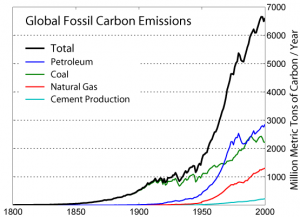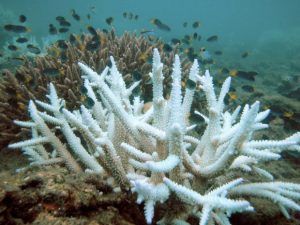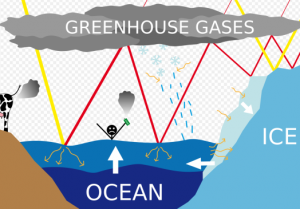This topic has been debated for years and even more so now with the new United States president. This topic has sparked a great debate among caring citizens, politicians, and news outlets on whether or not global warming is real or a hoax. However, scientists all over the world have scoured over all relevant data and facts and harmoniously agree the planet is indeed warming.
Many might ask, “well what exactly is global warming?”. Global warming is the term used to describe a gradual increase in the average temperature of the Earth’s atmosphere and its oceans; a change that is believed to be permanently changing the Earth’s climate.
There are cold hard facts that prove climate change is prevalent. The EPA has over forty data contributors from different government agencies that provide indicators of the cause and effects of climate change. These indicators effect the oceans in detrimental ways like thermal stress, (“stress in a body or structure due to inequalities of temperature”), and the warming of the oceans.
Greenhouse Effect
The greenhouse effect is the result of greenhouse gases trapping heat in the Earth’s atmosphere radiating from earth toward space, resulting in the warming of the oceans and melting glaciers. When the glaciers melt, it increases the sea level which adds to the ocean that is already expanding.
Examples of greenhouse gases are: carbon dioxide (CO2), methane (CH4), nitrous oxide (N2O), and water vapor (H2O). From 1990-2010 gas emissions caused by humans have increased by 35%. Electricity generation is the worlds largest contributer of emissions followed by transportation. Climate forcing, which is a change in the earth’s energy balance that results in a warming or a cooling effect on the climate. Over the past several years we have also steadily increased our use of fossil fuels, which has ultimately produced 5x more carbon dioxide emissions.The graph below shows how our use of fossil fuel emissions has skyrocketed in the last decade.


 “Global Carbon Emission” by Wikimedia Commons [CC by 2.0]
“Global Carbon Emission” by Wikimedia Commons [CC by 2.0]
 “Coral Bleaching” by Wikipedia [CC by 2.0]
“Coral Bleaching” by Wikipedia [CC by 2.0]
 “Sea-Level-Rise” by Wikimedia Commons [CC by 2.0]
“Sea-Level-Rise” by Wikimedia Commons [CC by 2.0]